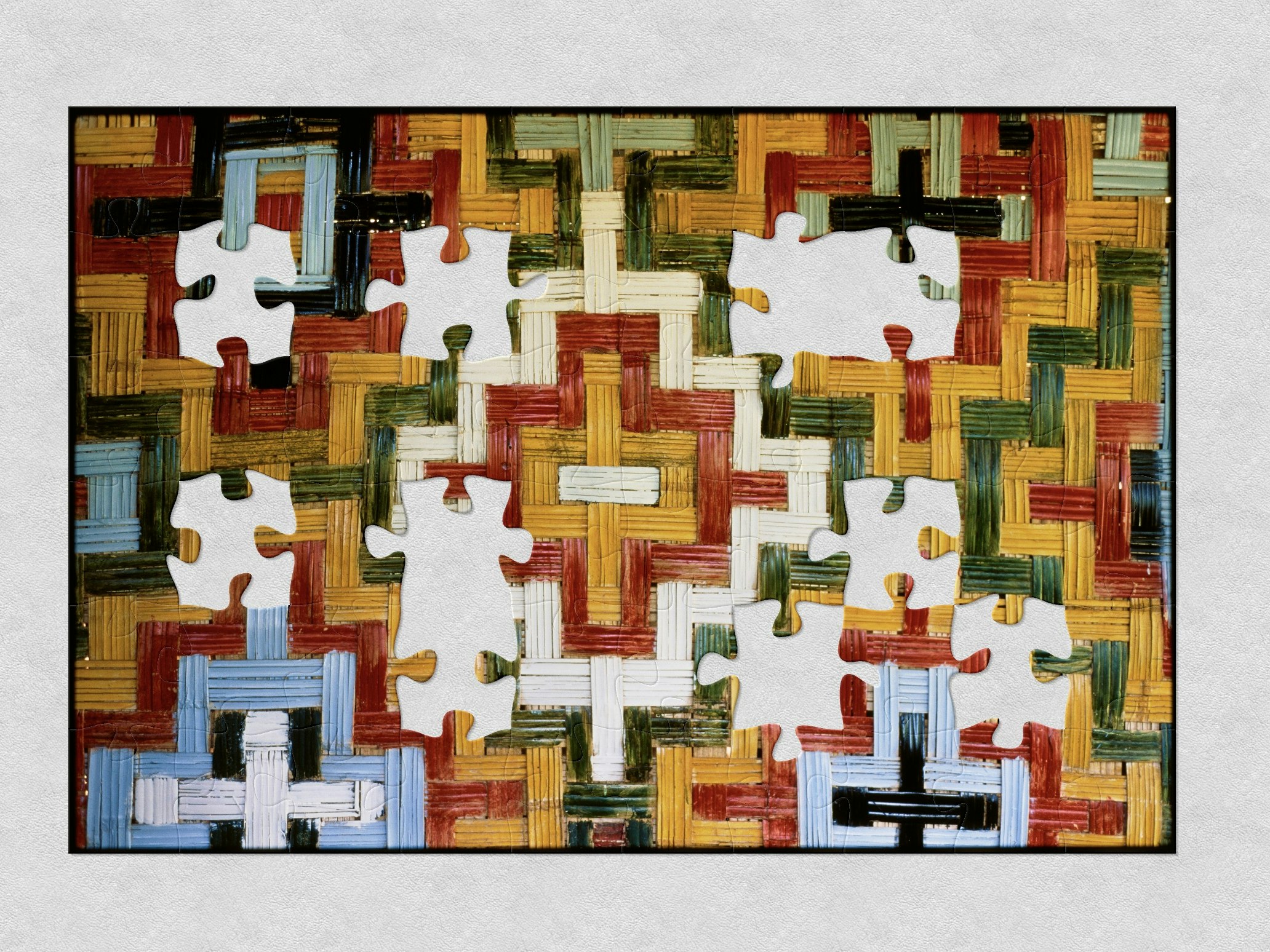Vanuatu is a South Pacific archipelago of over 80 islands, known for its extraordinary cultural diversity, with more than 100 spoken languages, with the official languages being English, French and Bislama, an English-based creole language.
Kastom, or customary practices and beliefs, are a part of ceremonies, dispute resolution, and land stewardship, grounding people in their ancestral knowledge while adapting to modern influences.
Named as New Hebrides by James Cook, and shaped by a dual British and French colonial past and strong missionary presence, Vanuatu’s society navigates a balance between kastom and contemporary life, with Ni-Vanuatu people maintaining strong connections to their islands while facing challenges like urban migration, climate change, and global economic pressures.








